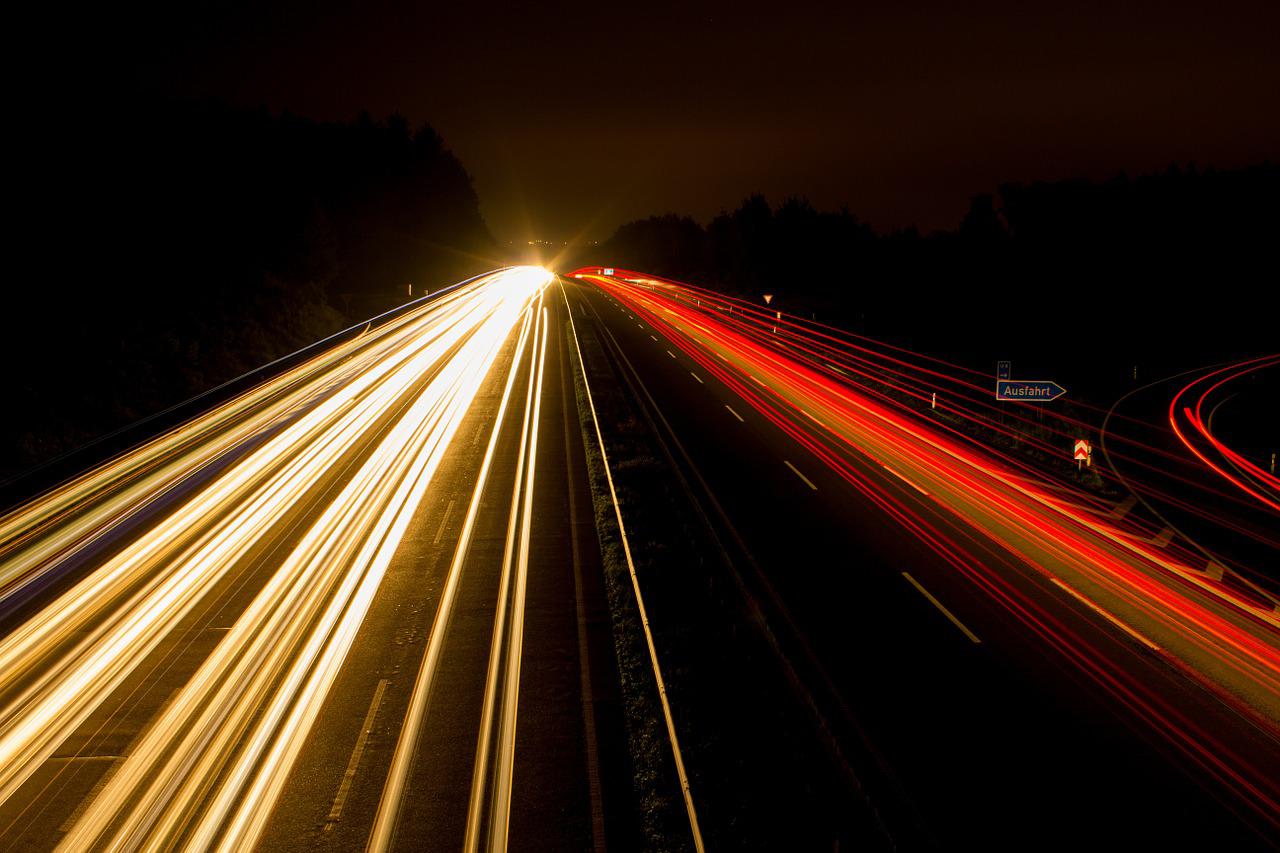Outdoor Lighting: An Architect’s Guide to Perfectly Illuminating Outdoors
The illumination of exteriors gives outdoor areas and facades vitality. Exterior lights can alter how you perceive and comprehend a structure or walkway, whether they are used for security, landscape, or dramatic effect.
Although external lighting may be the domain of a landscape architect, it’s critical for all types of architects to comprehend how outdoor lighting can complement a building and its wider location. Inspiring and intriguing places can be made by architects by utilising contrast and shadows and an awareness of the interaction between light and darkness.
However, architecting is not an easy task, especially when it comes to planning outdoor lighting fixture installation. The main objective of designing an architectural lighting plan is to establish a primary design goal by identifying the key features of the space.
Once these are identified, an architect moves onto the second phase, which is to determine different factors and points to consider for laying the foundation and completing the architecture.
In this write-up, we have discussed some tips for illuminating outdoor lighting perfectly. Look further to get better insights on the same.
Types of Outdoor Lighting
Task Lighting
Starting with pathways or walkways is the right approach to designing a lighting structure for outdoor spaces. Task lights are the most suitable outdoor lighting luminaires to accomplish this task. Ultise deck lights, pathway lights, outdoor step lights, or bollards. They are specially designed to fulfil the task of illumination in varied outdoor places.
Ambient Lighting
Every lighting plan involves ambient lighting. This extends to outdoor illumination as well. Ambient lighting is the foundation of the overall luminosity of a space.
One of the common mistakes people make while designing lighting is using a too bright bulb. Instead, consider a solution that utilizes lower wattage to brighten outdoors in the dark.
Outdoor wall lights or post lights are the two best options to start with. They will provide comfortable luminosity allowing occupants to walk safely and enjoy the natural beauty.
Even Accent Lighting can be integrated into the plan. It will add a dramatic effect outside. Use this type of lighting to highlight trees, plants, fountains, and other architectural details. Spotlights are one of the common outdoor lighting luminaires to create visually appealing outdoors.
- Safety and Security
Exploring options to help boost security is essential when designing outdoor lighting. IoL (Internet of Lighting), PoE (Power over Ethernet), WiFi, etc., are some powerful smart outdoor lighting solutions available from top lighting manufacturers in India. They build connectivity and security as well as have sensors for detecting motion. This will ward off burglars or intruders and help you see clearly by eliminating energy conservation unnecessarily.
- The scale of the space
It is paramount to include the scale of the space. Whether it is a small garden or a large backyard field, understand the scale of the lighting scheme to help determine which luminaires to place. This may include ceiling and hanging lights, mounted lights, and wall luminaires. This can give an amazing lighting experience.
Front Wall Lights:
If there is one fixture, the light will be approximately one-third of the height of the door. However, for two fixtures, wall lights can be as little as 1/4th of the height of the entrance.
Ceiling and Hanging Lights:
Here, an imperative thing to consider is that the space has enough height to accommodate a hanging luminaire. From there, architects can choose which size, pattern, and design of ceiling luminaires to be considered to cover the garden area.
Even some pathway lights like bollards and post tops along with street lighting can be considered to achieve full illumination for safety and well-being.
- Maintenance
For maintenance, smart and solar-powered lights are the best luminaires for beautifully illuminating the outdoors while saving on electricity bills. Furthermore, they do not require daily inspections and maintenance.
After the initial installation, these lighting solutions are technological marvels with a long lifespan. Just make sure to select the right type of lighting between wet-rated or damp-rated luminaire.
The above-mentioned points are effective in brightly and safely brightening outdoors. Follow these to achieve energy-efficient outdoor lighting systems for an awe-inspiring sight.
Hope this article proves to be a great help in understanding these better for simple implementation. of outdoor lighting.











